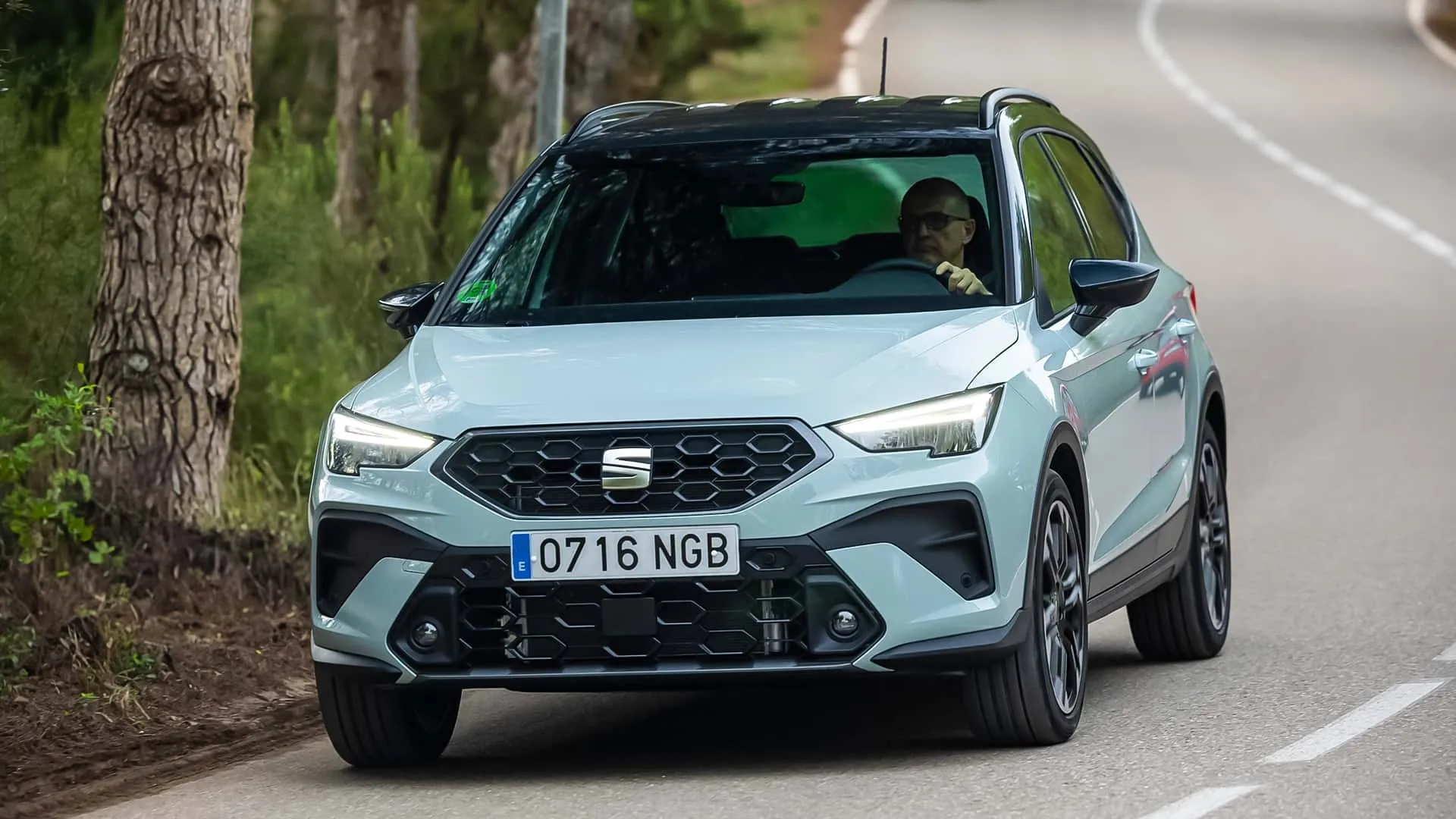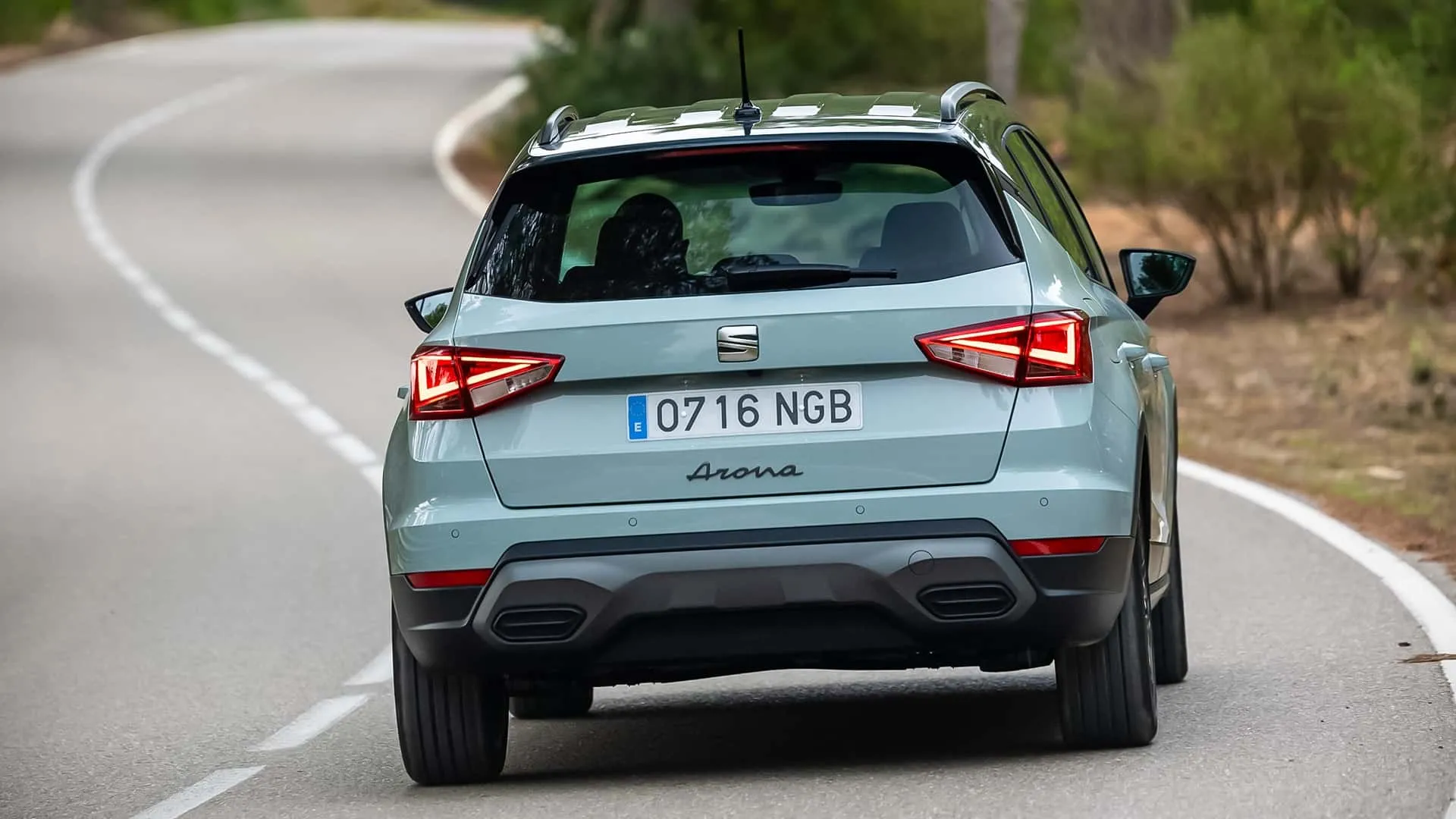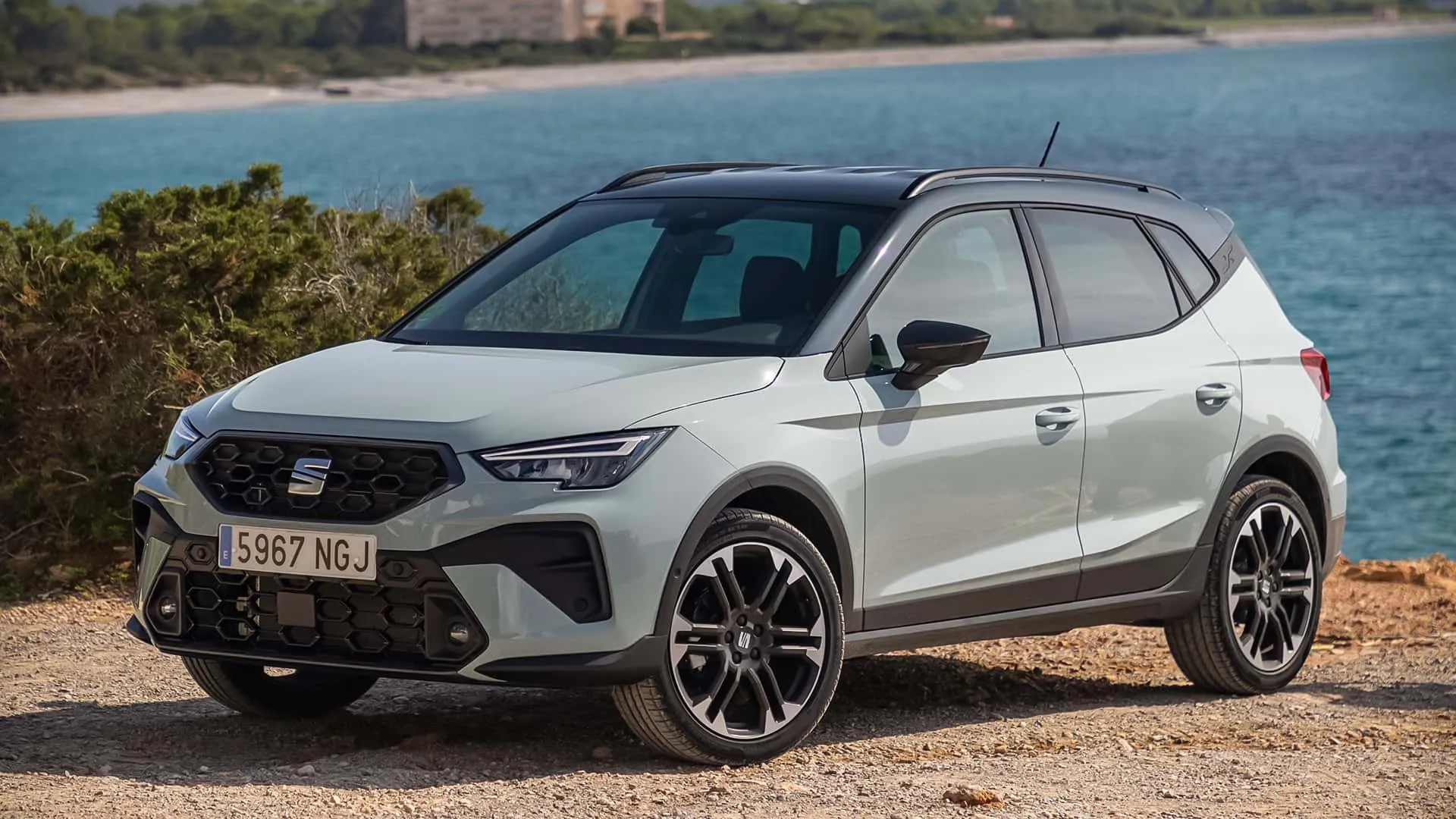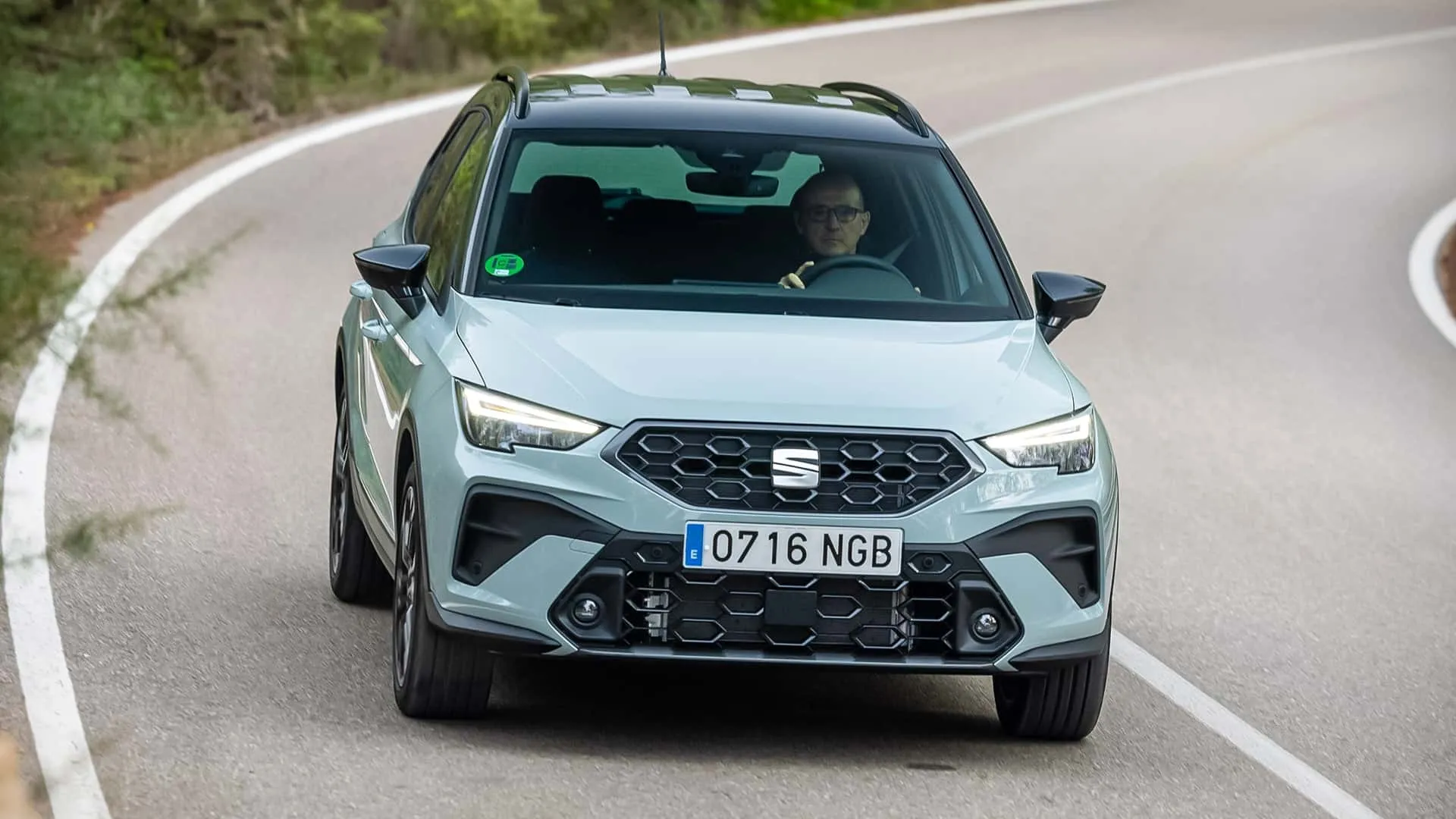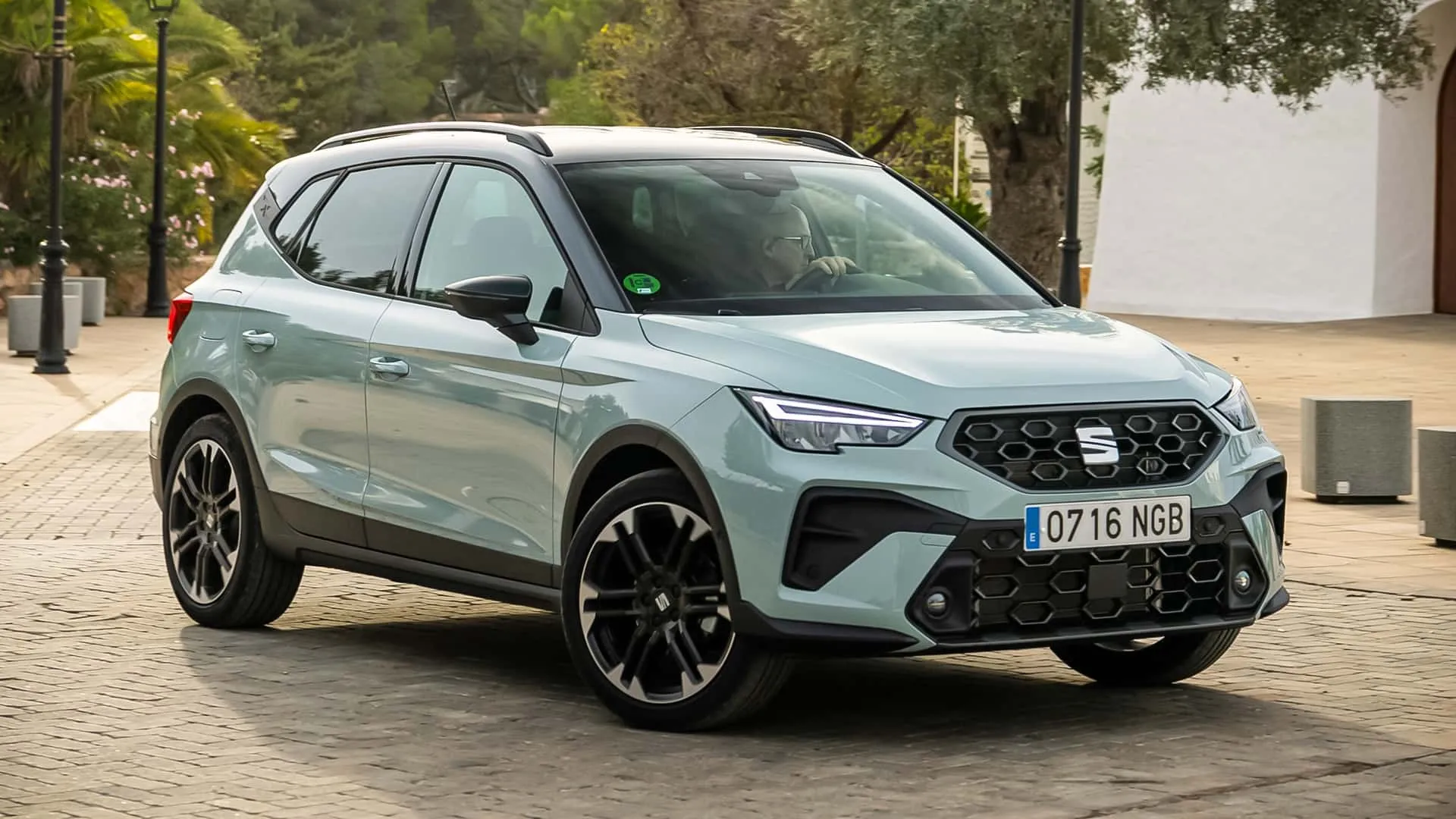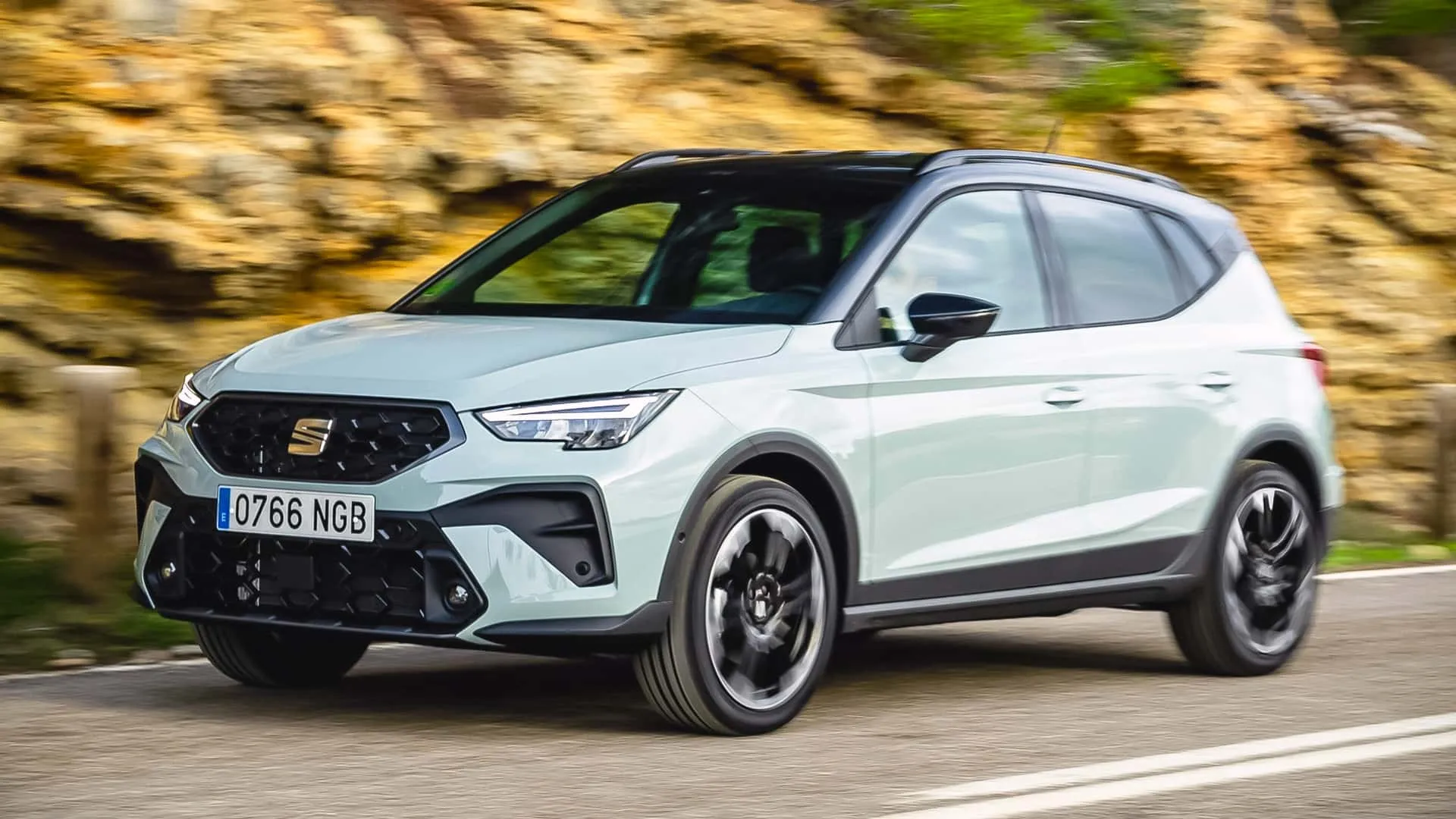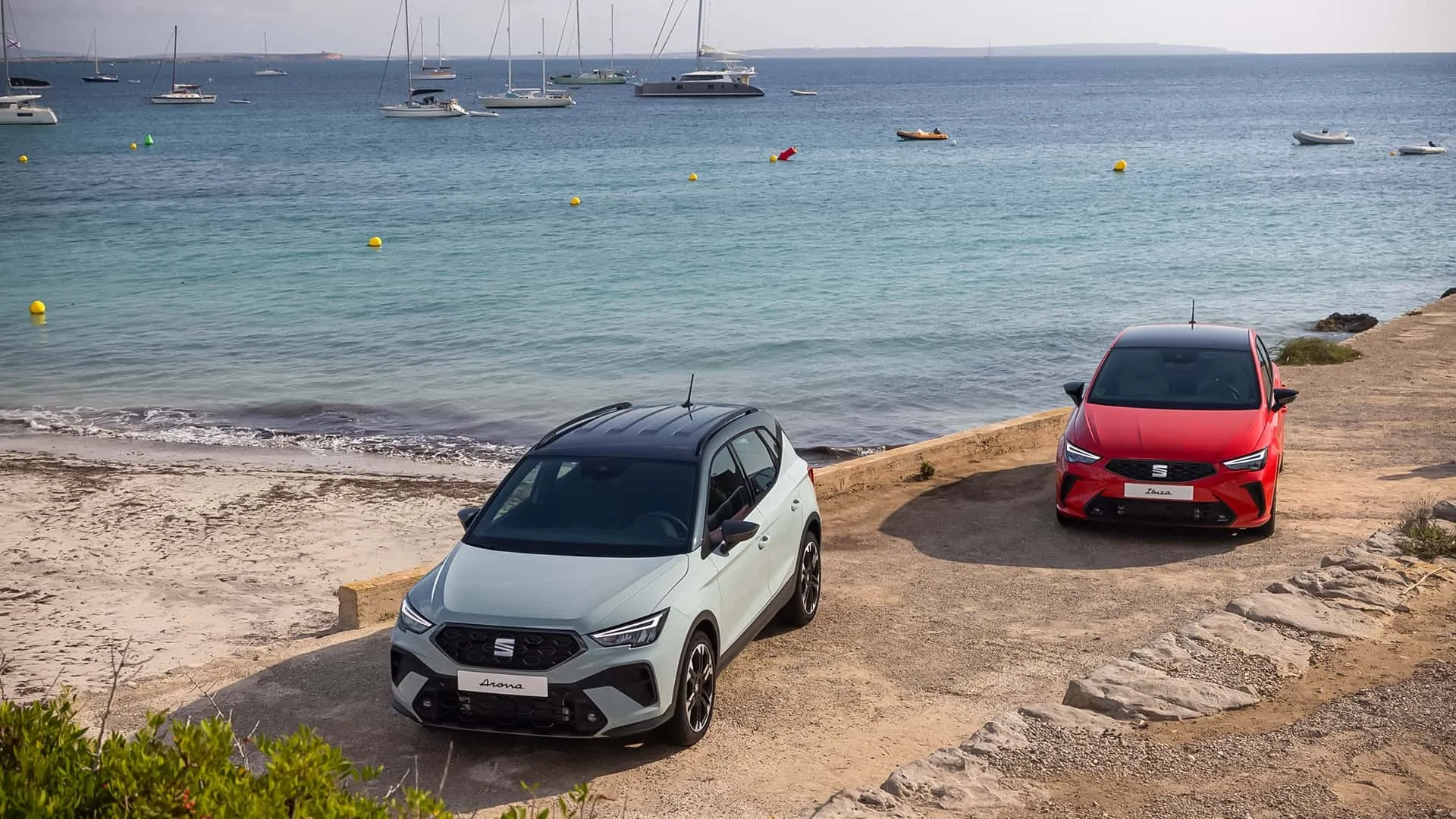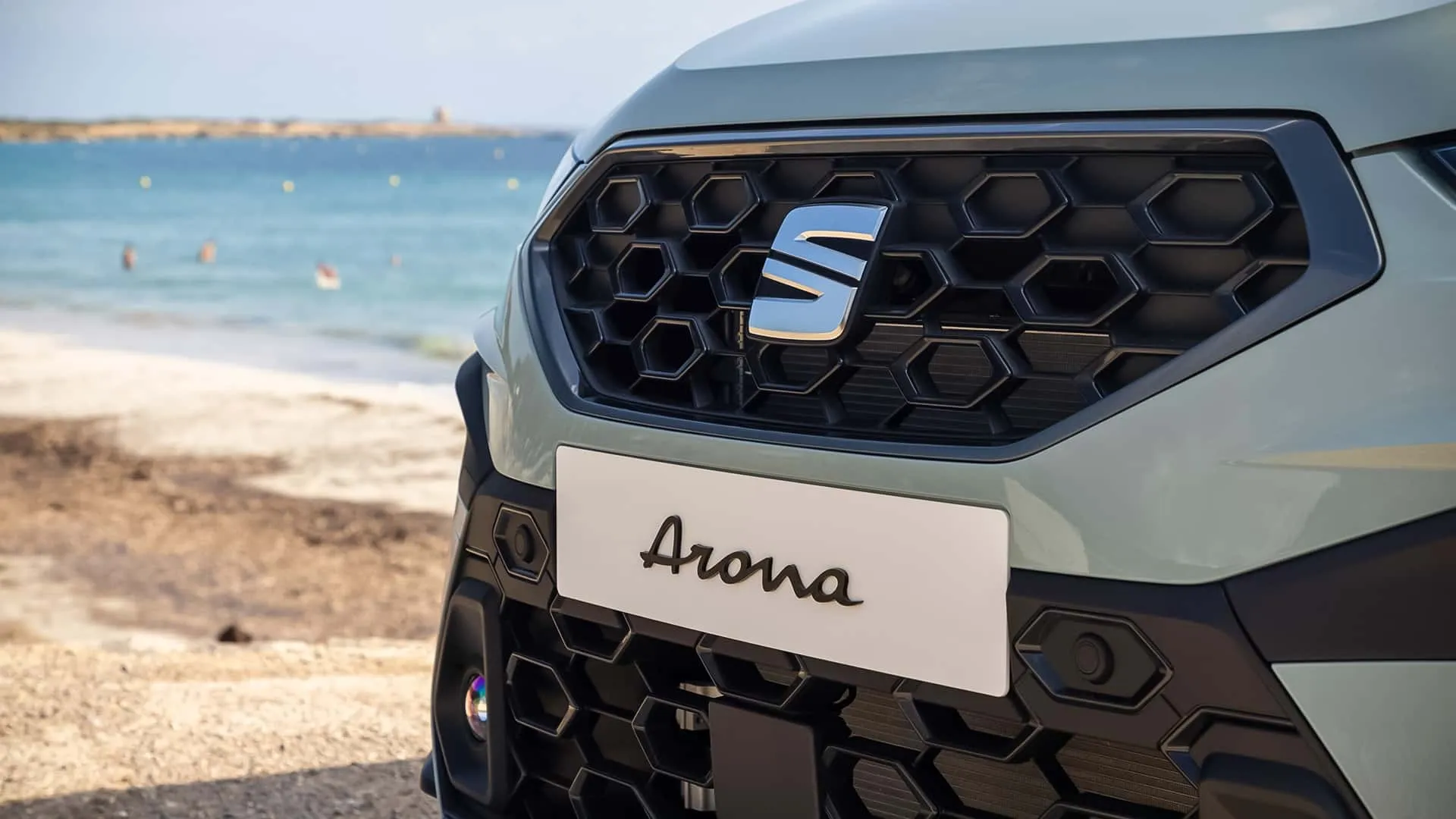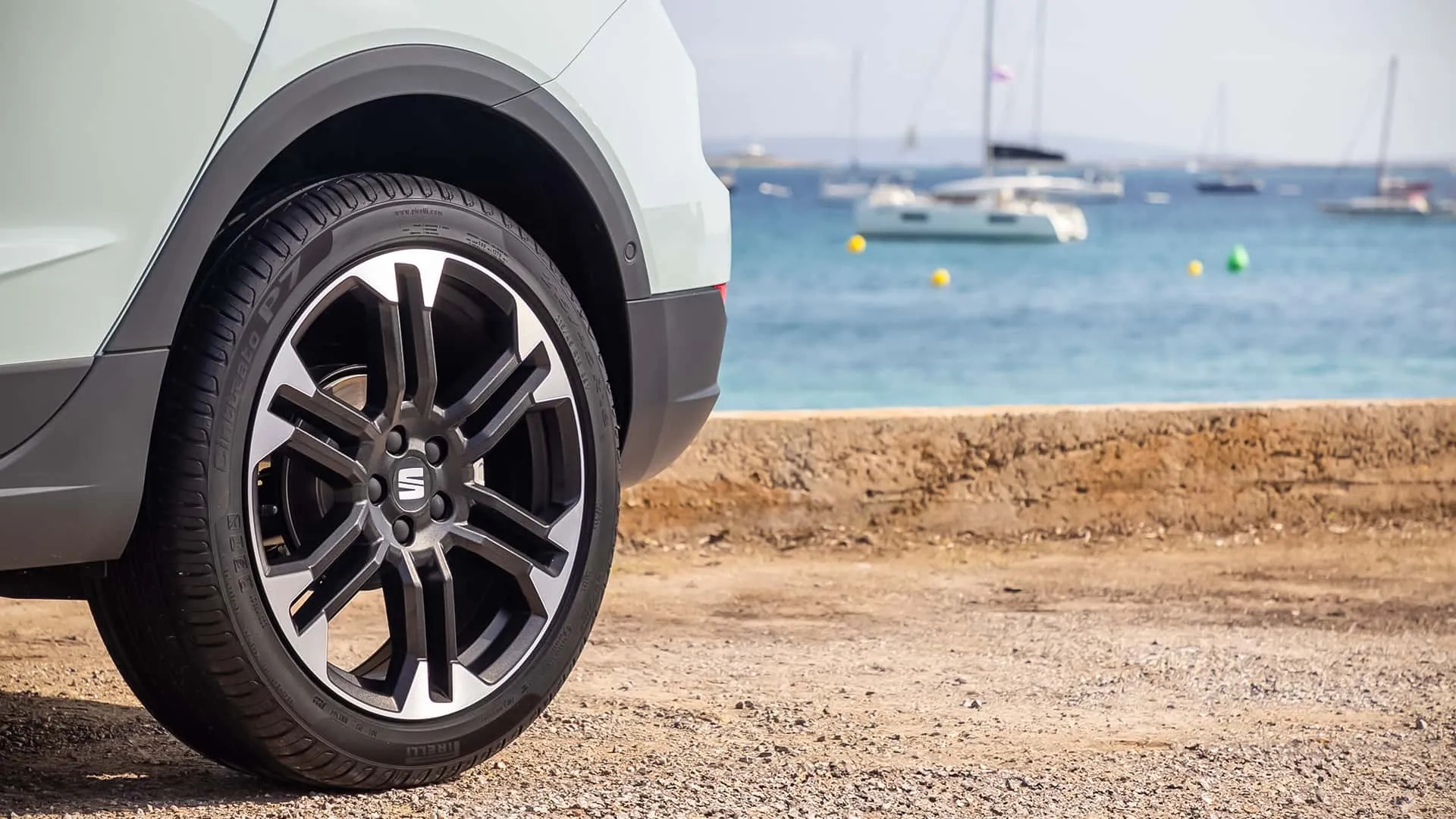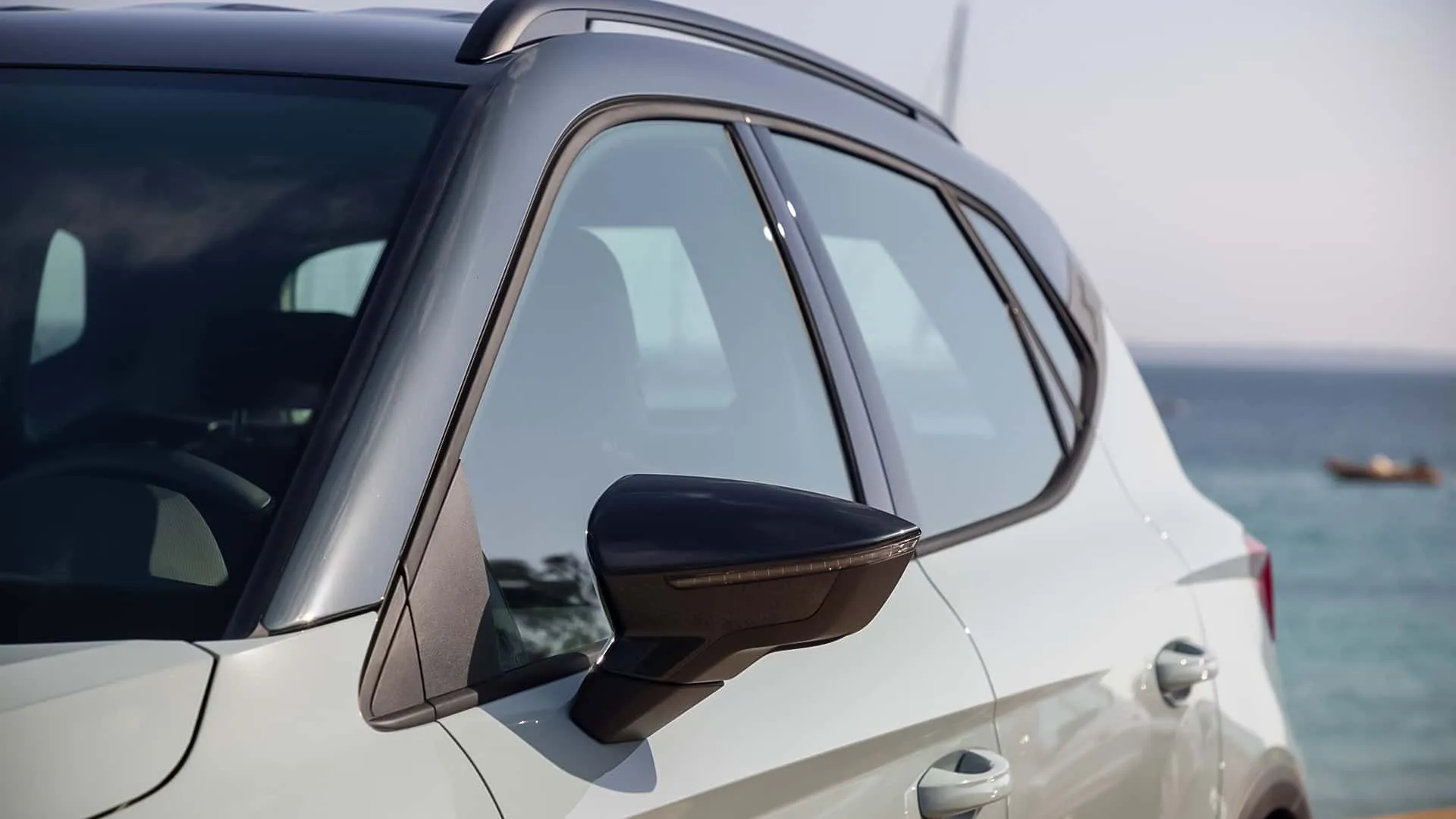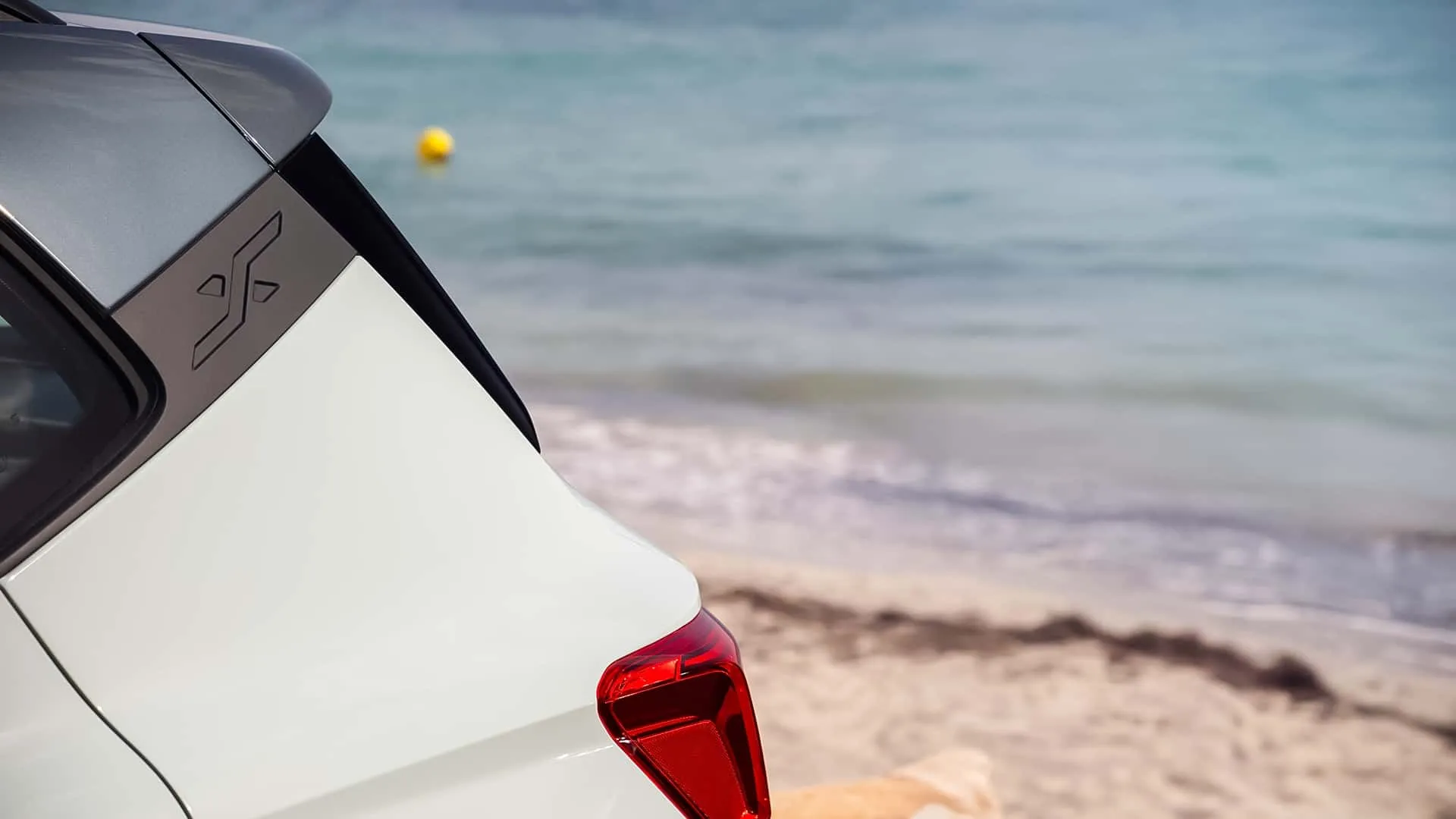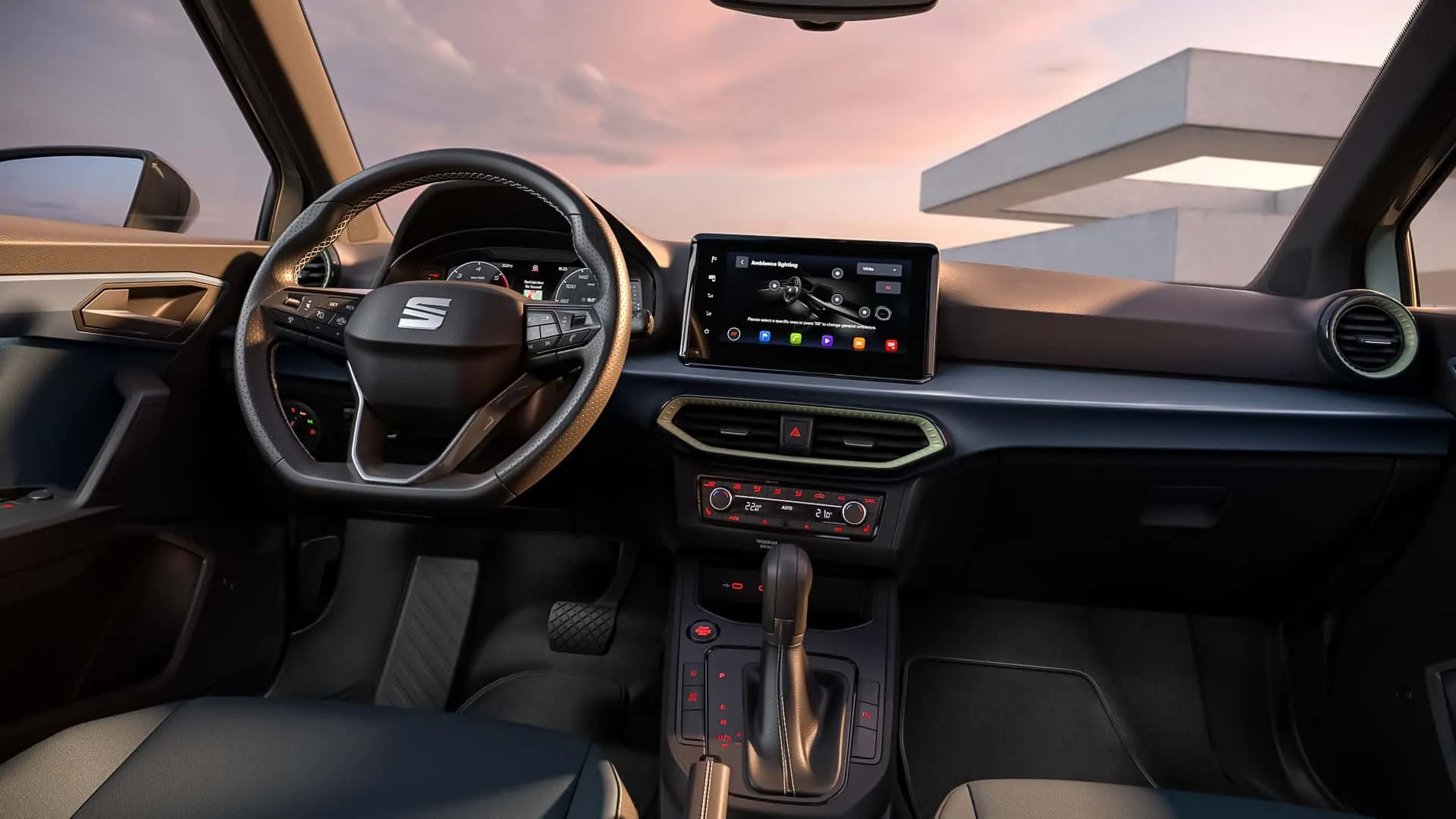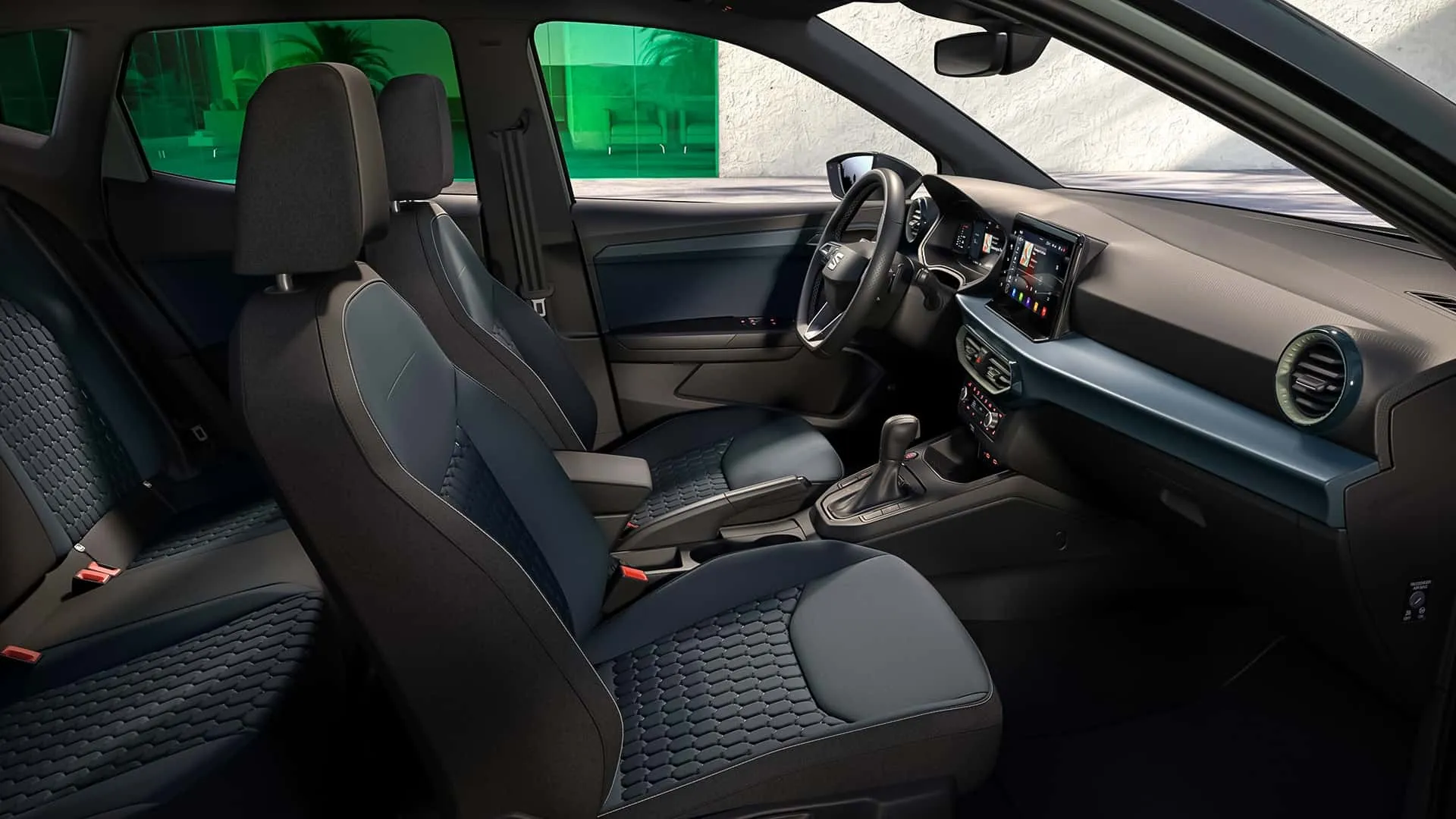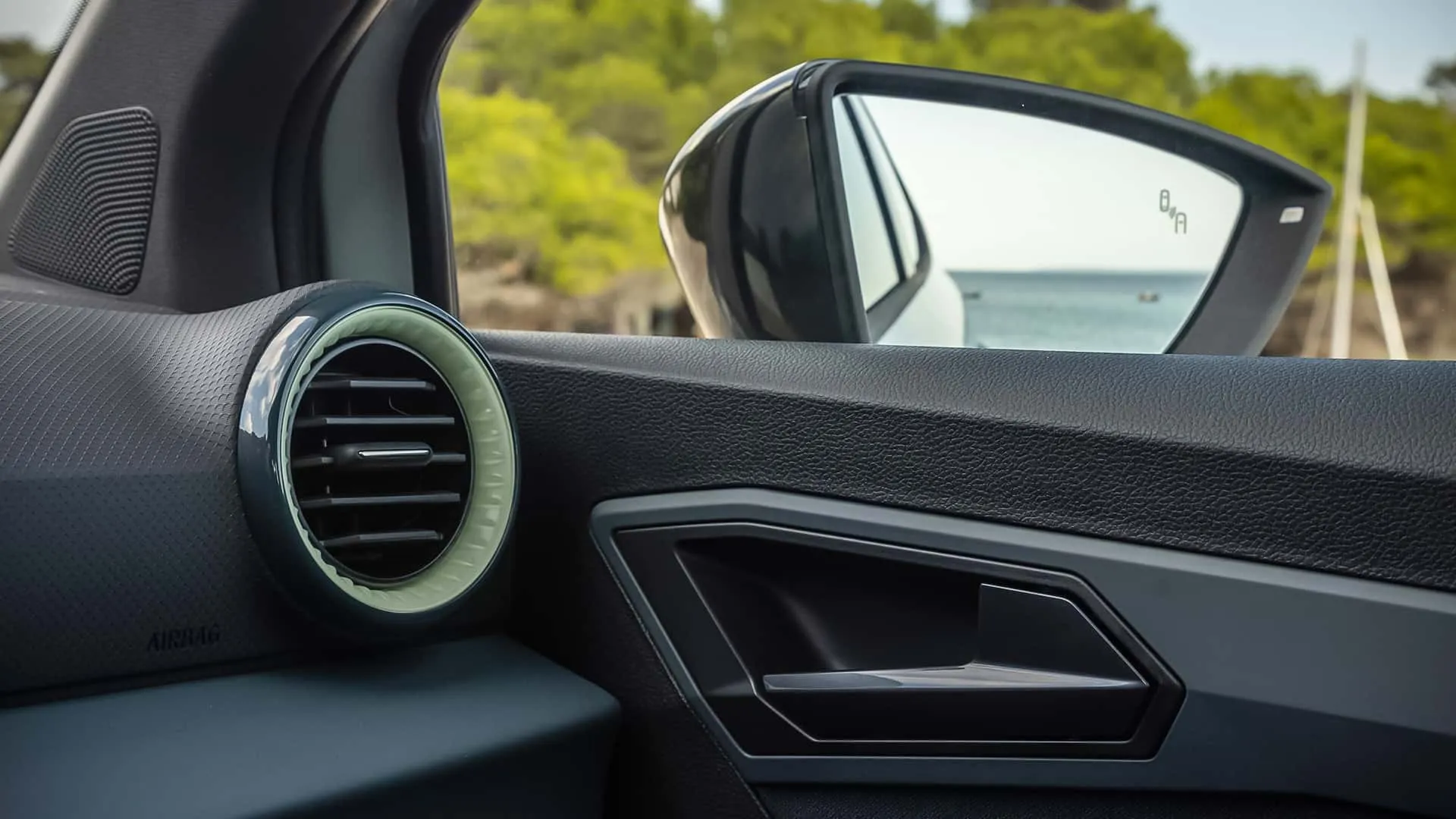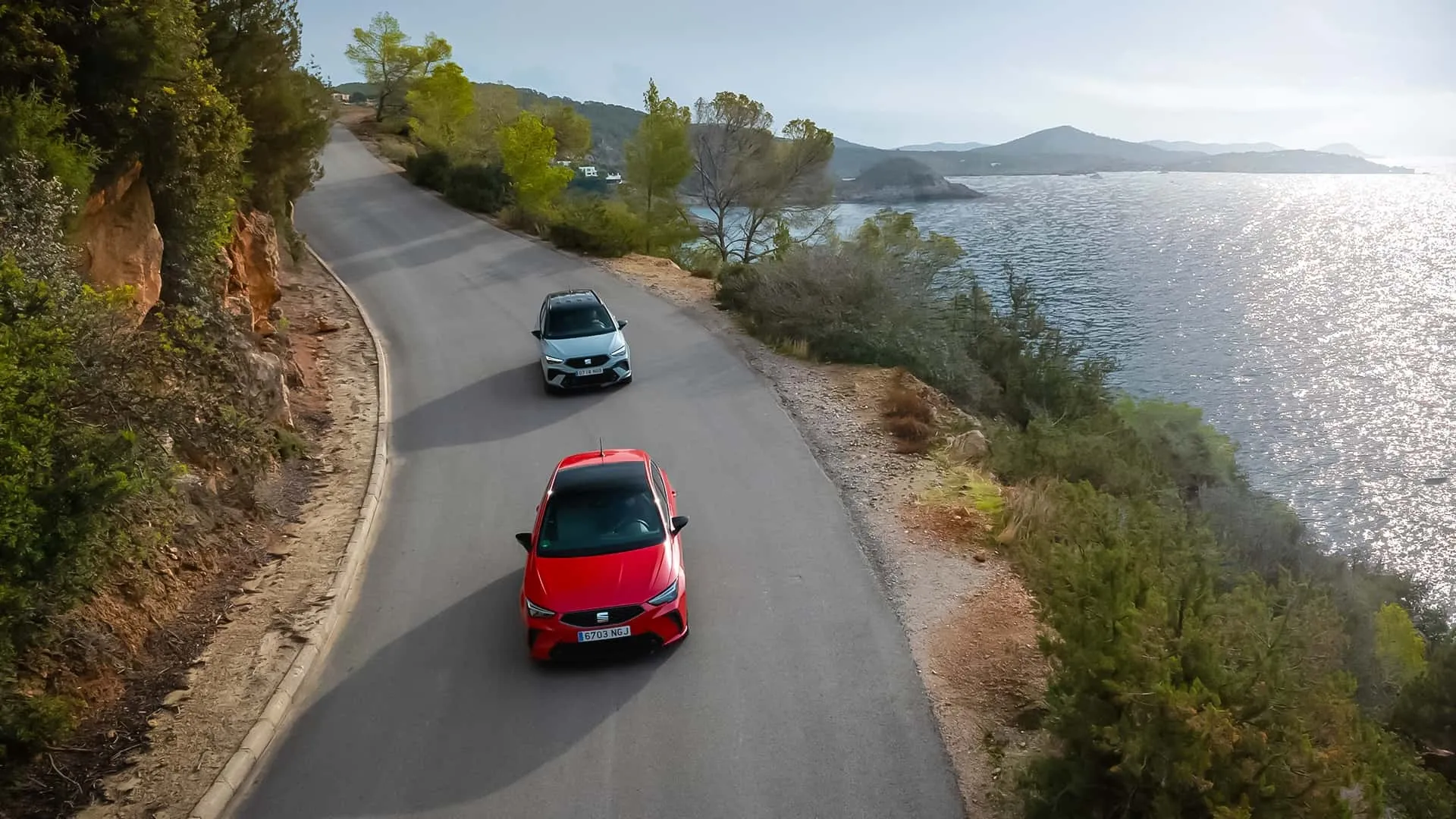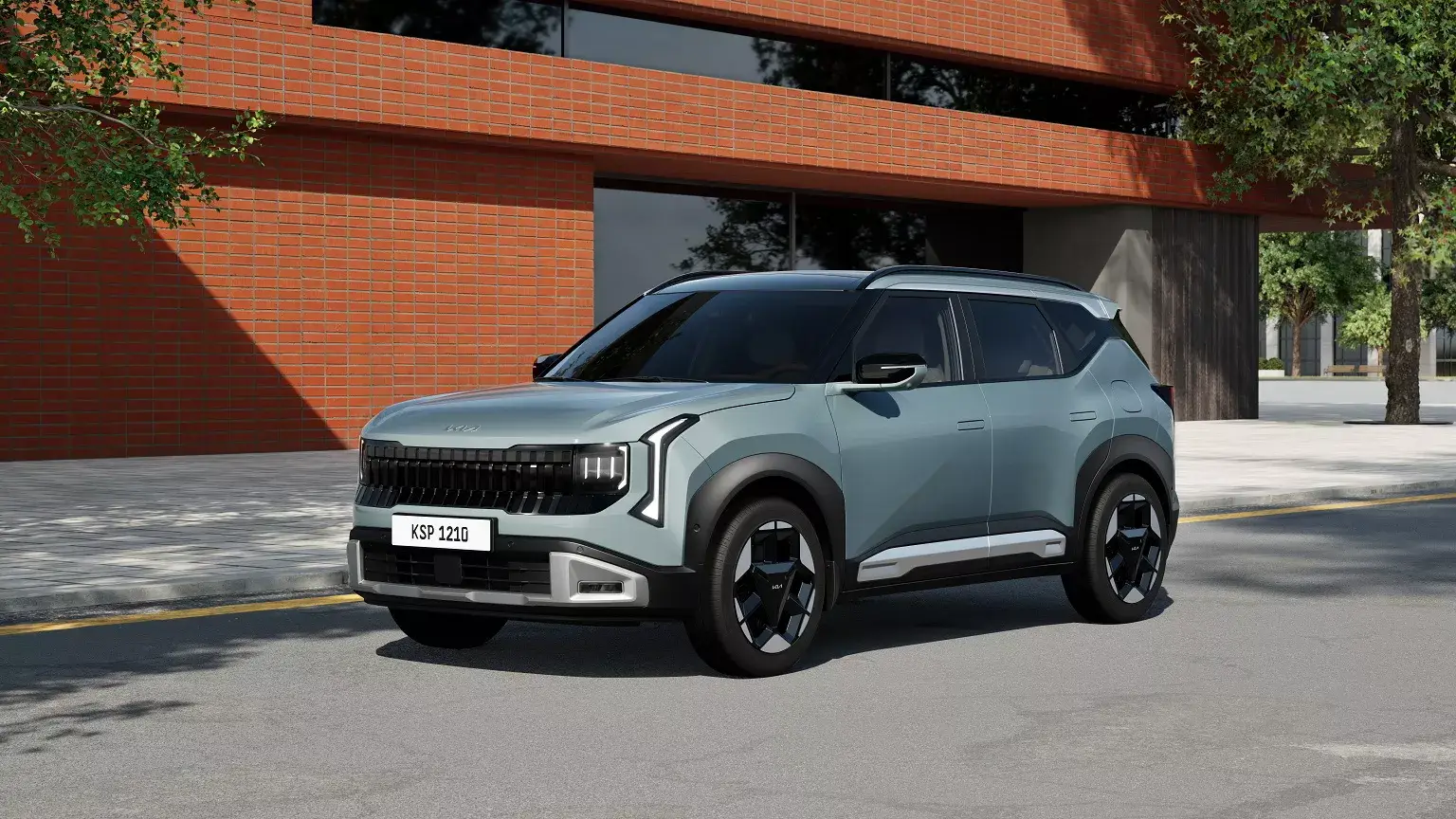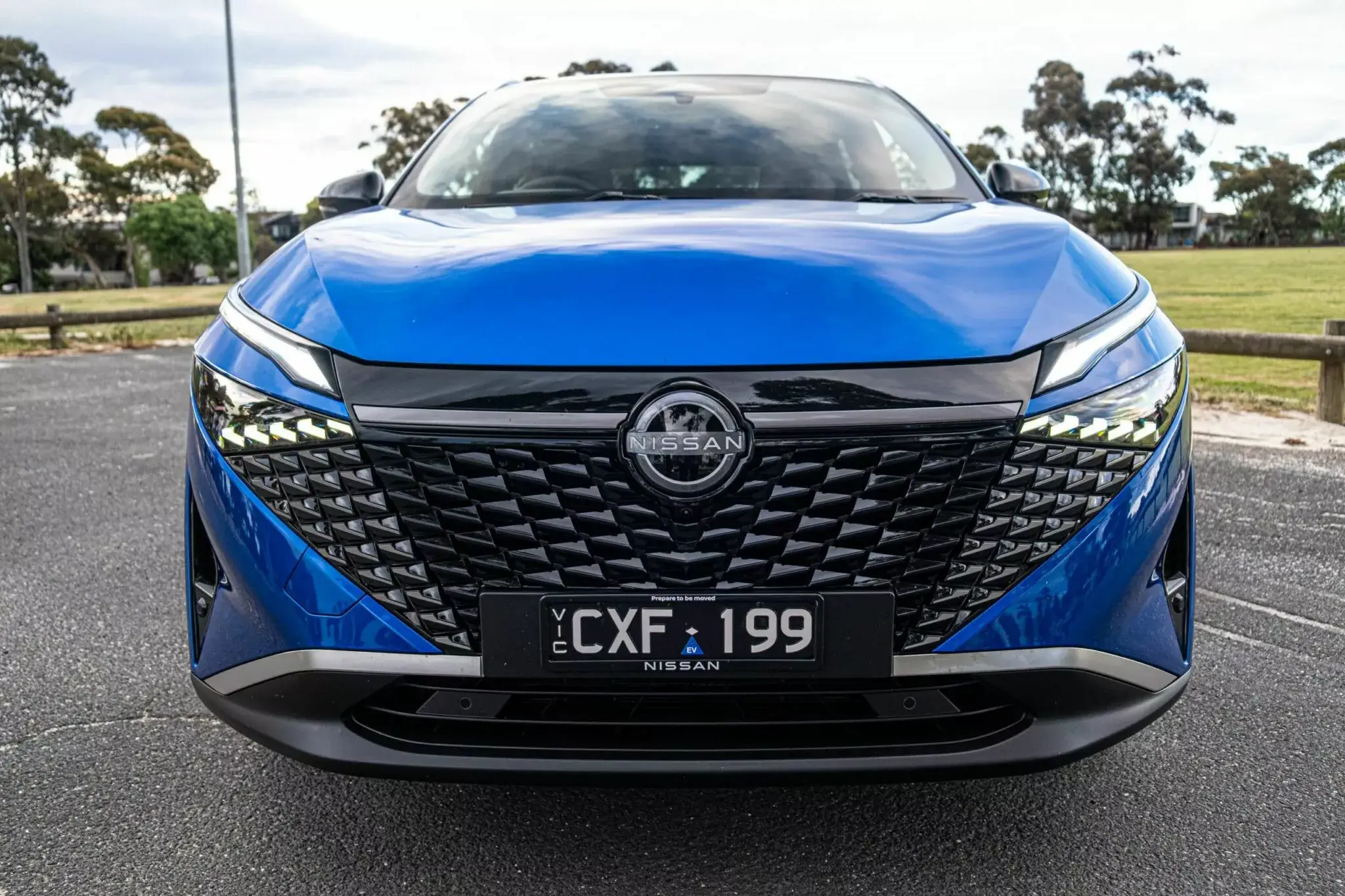The internal fight at VW has begun. The SEAT Arona 2026 has arguments (and 150 HP) to outperform its rivals. Check out the analysis.
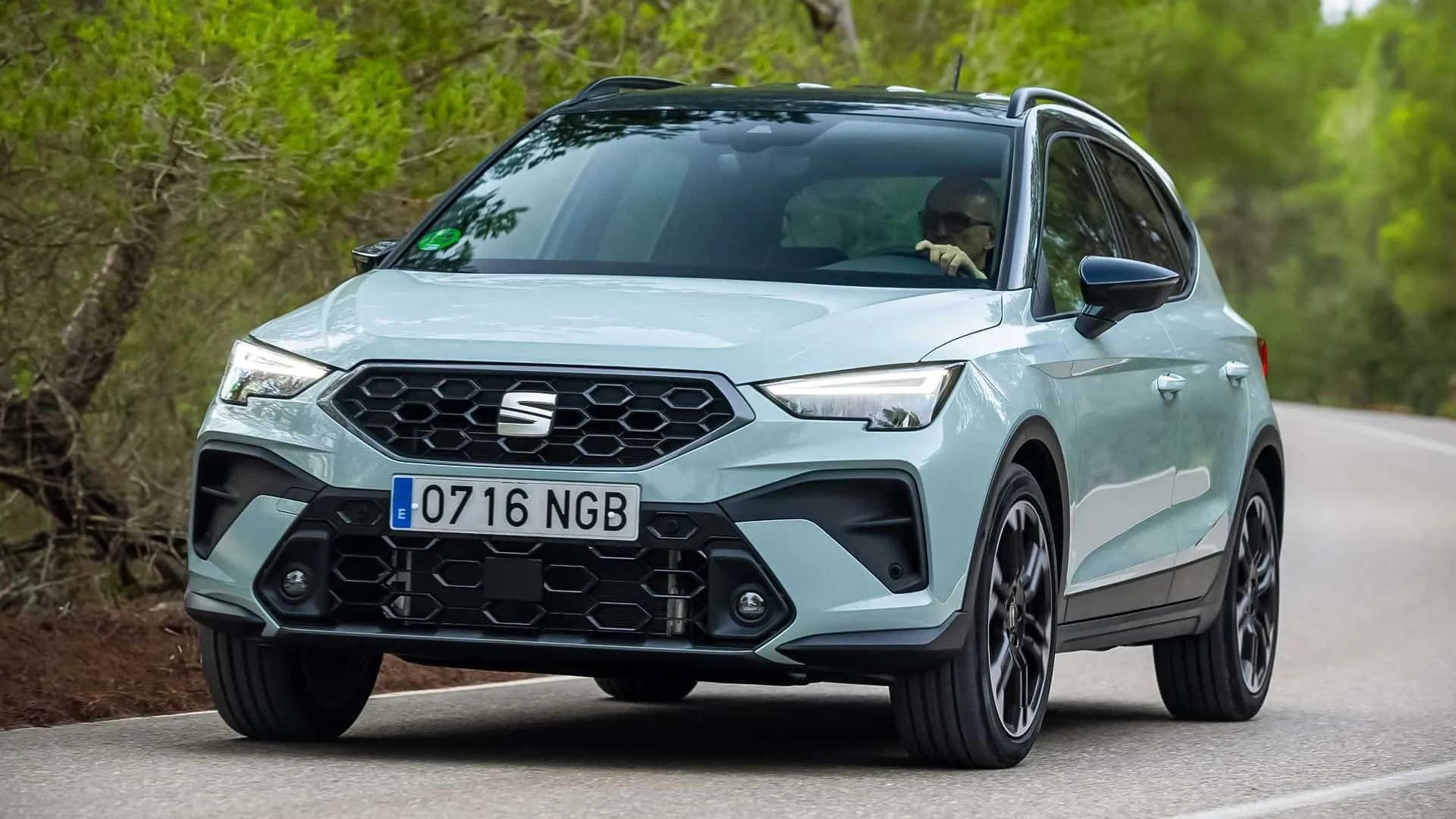
The compact SUV market is about to be shaken up. SEAT, a Spanish brand with the passionate blood of the Volkswagen Group, prepares the launch of the Arona 2026, a surgical update that promises to refine a successful formula. More than just a facelift, this new version arrives with solid arguments to challenge heavyweight competitors like the Peugeot 2008 and Renault Captur, as well as creating a fascinating internal “fight” with its cousin, the VW T-Cross. We analyze in detail the complete technical sheet to uncover all the secrets that make this SUV one of the smartest bets for the upcoming year. (SEO Focus: 2026 SEAT Arona, Compact SUV Rivals, VW Group Crossover)
The Spanish Scalpel: Sharp Design and Refined Interior
At first glance, the SEAT Arona 2026 displays the result of a precise and focused design intervention. The brand avoided drastic revolutions and opted to enhance what was already good. The immediate highlight is the front, which receives full LED projector headlights as standard on all versions, giving it a more technological and aggressive look. The bumpers have been redesigned with more defined lines, and new alloy wheel options (from 16 to 18 inches) complete a more robust and contemporary look. SEAT knows that, in this segment, appearance matters, and the Arona 2026 is more confident than ever.
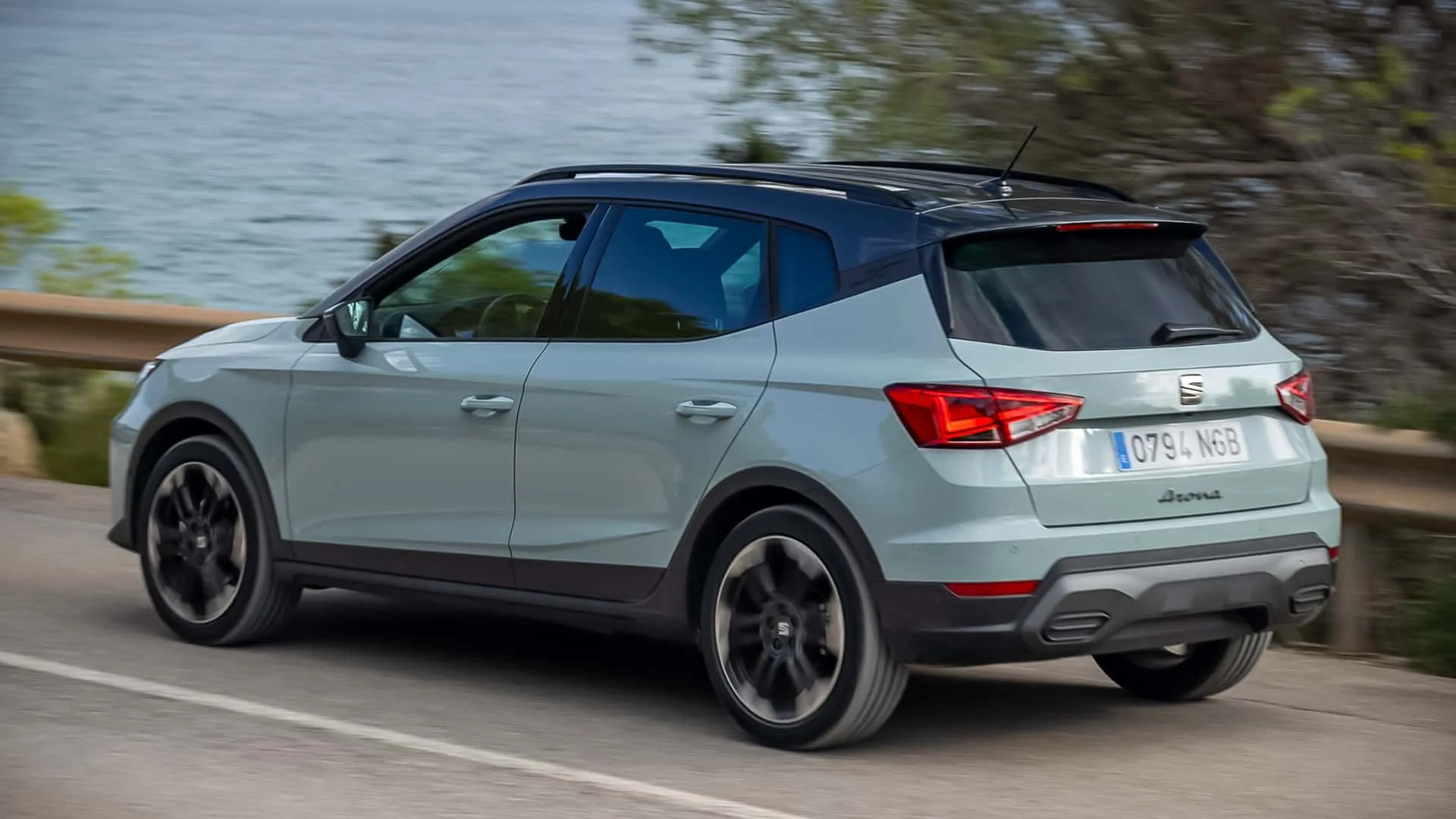
Inside, the evolution is felt through touch. The cabin received a notable upgrade in material quality, with soft-touch plastics on more surfaces and the introduction of embossed fabrics (with textured reliefs), enhancing the perception of quality. For those seeking a sporty touch, the FR version continues to be the highlight, with sports seats offering greater lateral support and red stitching.
Technology is also present with the infotainment system, featuring screens of 8.25 or 9.2 inches, both equipped with the SEAT Connect system offering wireless Apple CarPlay and Android Auto. For audiophiles, an optional premium sound system with 300W and a subwoofer promises to turn the cabin into a concert hall. These details, combined, create a more sophisticated and connected atmosphere, essential for the modern consumer. For many, lighting is a decisive factor, and it is crucial to understand why LED technology became standard and what it represents in terms of safety and design. (GEO Focus: European Market Appeal)
Brave Heart: The TSI Engines Under the Hood
SEAT decided to maintain its reliance on the efficient and award-winning gasoline TSI engines, a choice that prioritizes the balance between performance and economy. At launch, there will be no diesel or hybrid options, although a mild-hybrid (MHEV) version is planned for 2027, aiming at future emission standards. All engines meet the strict Euro 6 standard. For those who want to understand the technology behind these engines in depth, it’s worth learning the secret behind the TSI acronym and its efficiency.
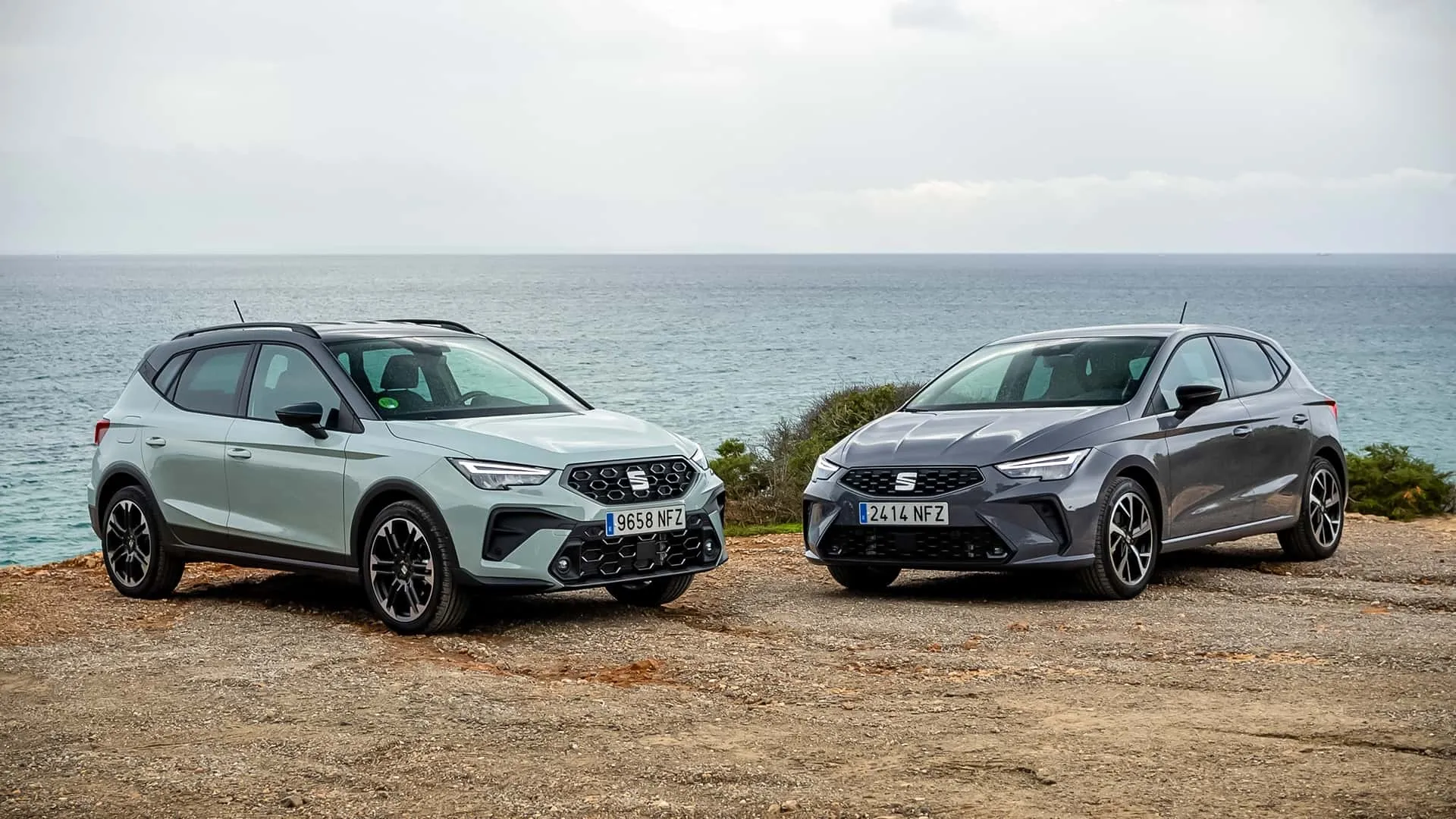
The engine lineup is structured to cater to different driver profiles:
- 1.0 TSI with 95 HP: The entry-level, ideal for city driving. With 175 Nm of torque and paired with a 5-speed manual transmission, it offers enough agility for daily use with extremely low fuel consumption.
- 1.0 TSI with 110-115 HP: The balanced engine. This version, which can be combined with a 6-speed manual or the acclaimed 7-speed DSG, delivers 200 Nm of torque, making the Arona a versatile car for both city and highway. It is the most rational choice for most buyers.
- 1.5 TSI with 150 HP: The top of the range, exclusive to those seeking performance. With four cylinders and cylinder deactivation technology (ACT), which shuts down two cylinders at cruising speeds to save fuel, this engine turns the Arona into a “pocket rocket.” With 250 Nm of torque and always paired with the 7-speed DSG, it offers vigorous acceleration, comparable to some sporty compact cars.
Detailed Technical Sheet: Engines and Performance
| Engine | Power | Torque | Transmission | 0-60 mph | Top Speed |
|---|---|---|---|---|---|
| 1.0 TSI (3 cyl.) | 95 HP | 175 Nm | 5-speed manual | 11.5 s | 109 mph |
| 1.0 TSI (3 cyl.) | 110-115 HP | 200 Nm | 6-speed manual or 7-speed DSG | 10.3-10.7 s | 118-120 mph |
| 1.5 TSI (4 cyl.) | 150 HP | 250 Nm | 7-speed DSG | 8.2 s | 131 mph |
While SEAT bets on proven efficiency, other brands, like Chery, explore impressive limits in gasoline engines, showing that internal combustion still has much room to evolve.
The Numbers Test: Consumption, Space, and Safety
A compact SUV needs to be more than just attractive and agile; it must be practical, safe, and economical. The SEAT Arona 2026 was designed with these pillars in mind. With a length of 4,138 mm and a wheelbase of 2,566 mm, it maintains ideal city dimensions but offers surprisingly generous interior space. Its main asset is the 400-liter trunk, one of the largest in the category, which expands to 1,280 liters with the seats folded down.
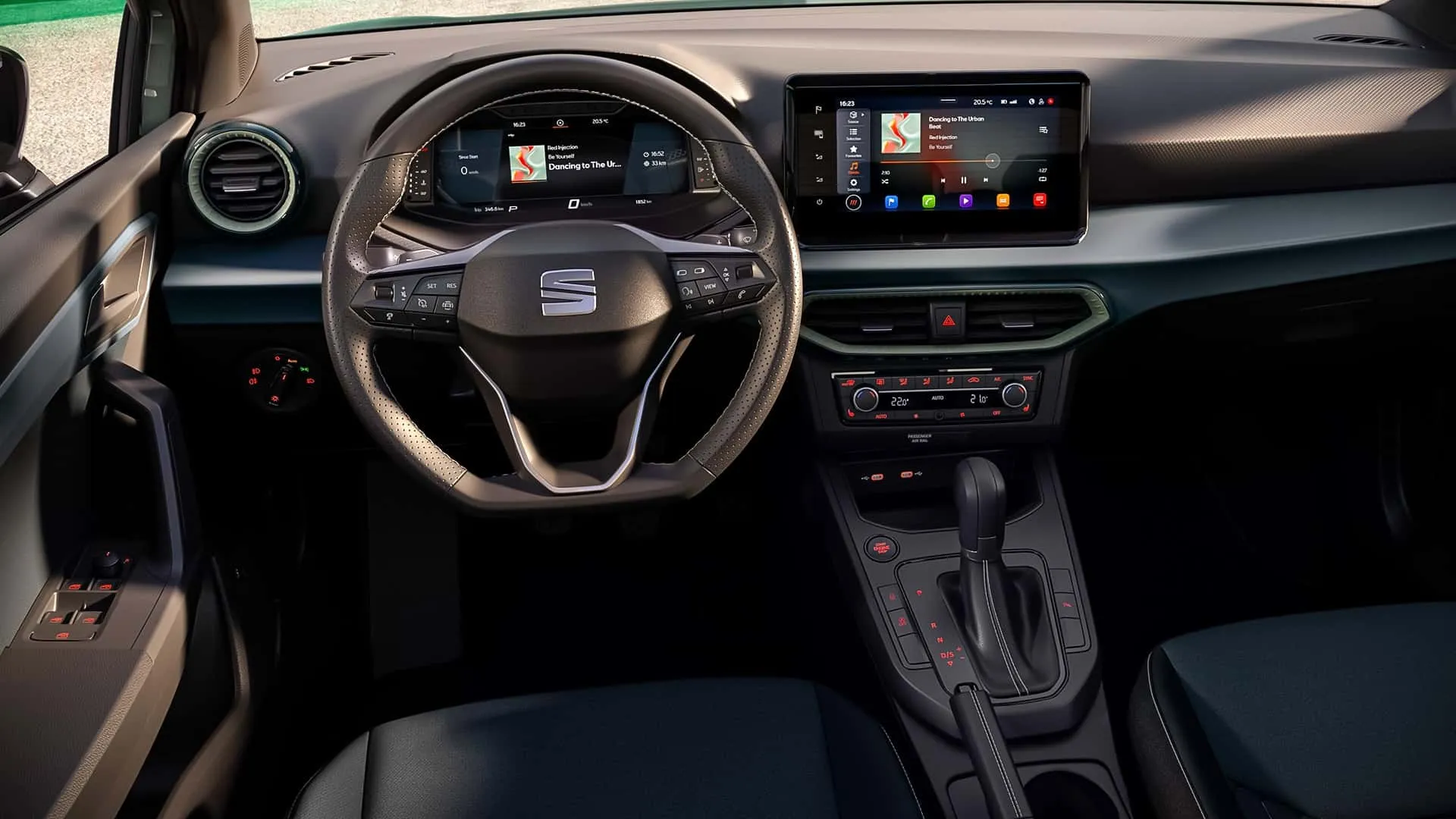
In terms of fuel economy, the efficiency of the TSI engines translates into very competitive numbers in the WLTP cycle. The 95 HP version promises averages between 5.3 and 5.8 l/100 km. With a 40-liter tank, the range can reach an impressive 754 km, a number that reassures anyone suffering from “gas station anxiety.” (SEO Focus: SEAT Arona Fuel Economy, Compact SUV Range)
Consumption and Emissions (WLTP)
| Engine | Combined Consumption | Combined CO₂ |
|---|---|---|
| 1.0 TSI 95 HP | 5.3-5.8 l/100 km | 121-125 g/km |
| 1.0 TSI 110-115 HP | 5.3-5.9 l/100 km | 125-130 g/km |
| 1.5 TSI 150 HP | 5.5-6.0 l/100 km | 130-135 g/km |
Of course, in real-world conditions, a weak and high-consuming engine may have other causes, but the mechanical basis of the Arona is proven to be efficient.
Safety is another strong point. Based on the platform of the previous model which already had 5 stars in Euro NCAP tests, the Arona 2026 strengthens its arsenal. It comes equipped with driving assistants such as adaptive cruise control, lane keeping assist, and pedestrian and cyclist detection. Rear parking sensors are standard, with a 360° camera option on higher trims.
With an estimated starting price of around €20,500 in Portugal (before taxes and fees), the SEAT Arona 2026 positions itself aggressively. It’s not a revolution but a smart and well-executed evolution of an already highly capable product. It offers a complete package of attractive design, efficient and powerful engines, generous interior space, and up-to-date technology. For those seeking an urban SUV with a touch of Spanish spice and German reliability, the new Arona is undoubtedly a serious candidate. It not only challenges its direct competitors but also becomes a tempting alternative within the Volkswagen Group itself, proving that it’s possible to have excitement, rationality, and style in one package. The race for the segment’s top just got much more interesting. It’s worth noting that the SUV market is becoming more competitive, with models like the Toyota RAV4 GR Sport, which operates in a higher category, showing how high the bar has been raised. (GEO Focus: Portugal Pricing, European SUV Segment)
